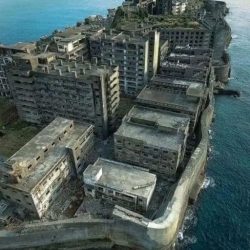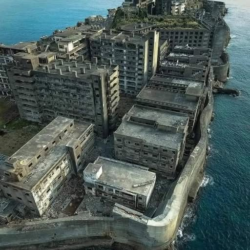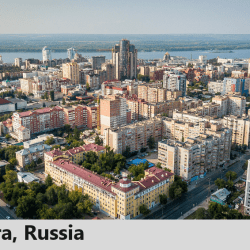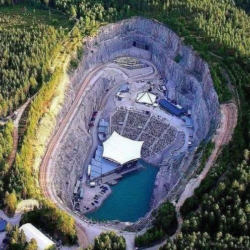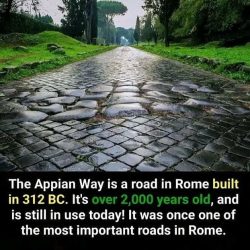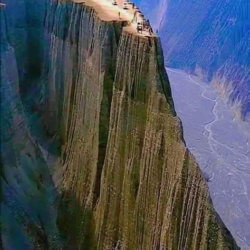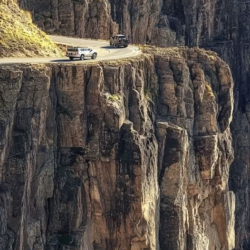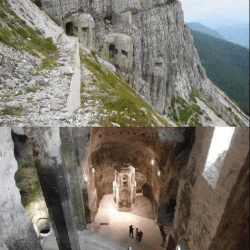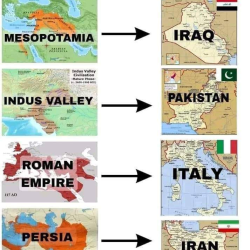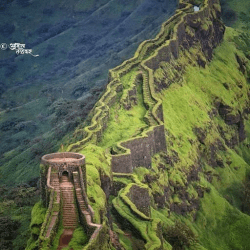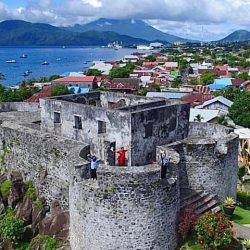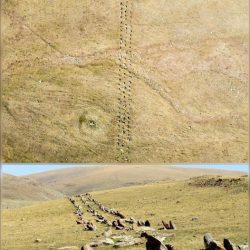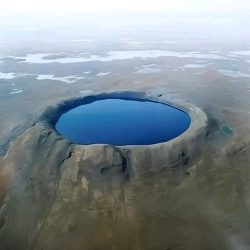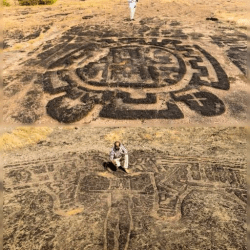Perched on a dramatic cliffside in the Basilicata region of southern Italy, Craco is a breathtaking ghost town that tells a tale of resilience, tragedy, and mystery. This once-thriving medieval settlement, rich in history and culture, fell victim to nature’s unforgiving hand. Earthquakes, landslides, and unstable terrain gradually turned this vibrant community into an abandoned relic of the past. Today, Craco stands as a stunning yet eerie spectacle, attracting adventurers, historians, and filmmakers alike.
This article explores the captivating story of Craco—from its early roots to its tragic downfall and eventual transformation into a celebrated historical landmark.
The Ancient Origins of Craco
The Birth of a Settlement
Craco’s origins date back to the 8th century, when Greek settlers arrived in southern Italy. The town’s elevated location provided a natural fortress against invaders, making it an ideal place for a thriving community. Over time, Craco grew into a flourishing center of agriculture and trade, benefiting from the rich cultural exchanges that shaped the region.
Craco in the Middle Ages
During the medieval period, Craco expanded under feudal rule. Noble families built fortified structures, and the town became a crucial stronghold. The castle, built in the 11th century, still stands as a testament to Craco’s medieval significance. Its narrow streets, stone buildings, and religious structures reflected the prosperity of the era.
Craco’s Golden Age: A Hub of Culture and Trade
Flourishing Agriculture and Economy
Craco thrived on agriculture, producing wheat, olives, and wine. The town’s strategic location along trade routes helped it prosper, allowing merchants to exchange goods with nearby cities.
Renaissance Influence
By the Renaissance, Craco had developed into a center of art, learning, and architecture. Beautiful churches, palaces, and monasteries adorned the town, demonstrating the affluence and cultural richness of its people.
The Beginning of Craco’s Decline
Political Upheavals and War
Despite its wealth, Craco was not immune to conflict. Political instability, wars, and feudal disputes weakened its standing. The town’s population fluctuated as residents sought safety elsewhere.
The Curse of Unstable Land
Craco’s biggest enemy, however, was not war—it was the very ground beneath it. The town was built on clay-rich soil, which made it prone to landslides and erosion. Over time, this geological flaw would seal its fate.
The Tragic 20th Century: Disasters and Abandonment
Earthquakes and Landslides
In the early 20th century, a series of earthquakes rocked Craco, damaging its historic structures. But the final catastrophe struck in 1963 when a devastating landslide forced the evacuation of most of its remaining residents.
Complete Desertion
By 1980, an even greater earthquake left Craco entirely uninhabitable. The remaining citizens were relocated to nearby towns, and Craco was left to the mercy of time and nature.
Craco Today: A Spectacle of Ruins and Beauty
A Tourist Destination
Despite its abandonment, Craco has found new life as a tourist attraction. Visitors from around the world come to explore its haunting beauty, wandering through crumbling streets frozen in time.
A Hollywood Favorite
Craco’s eerie and picturesque ruins have caught the attention of filmmakers. It has been featured in major movies, including The Passion of the Christ, Quantum of Solace, and The Nuns of Saint Archangel, further cementing its place in popular culture.
Legends and Ghost Stories of Craco
The Spirits of the Abandoned Town
Many believe Craco is haunted. Stories circulate about eerie whispers, shadowy figures, and mysterious sounds echoing through its empty alleys. Some visitors claim to feel an overwhelming presence as they explore the ruins.
The Prophecies of Craco’s Doom
According to local legends, prophecies forewarned the town’s eventual downfall. Monks and mystics allegedly predicted that Craco would be abandoned, a fate that eerily came true.
Preserving Craco: Conservation Efforts
Protecting the Ruins
In recent years, efforts have been made to preserve Craco’s structures, ensuring its historical significance is not lost. Conservation projects aim to stabilize its ruins while maintaining its ghostly allure.
A UNESCO Heritage Site?
There have been discussions about recognizing Craco as a UNESCO World Heritage Site. Such a designation would provide funding and protection, securing its legacy for future generations.
Visiting Craco: A Journey into the Past
How to Get There
Craco is located in the Basilicata region, near Matera. The easiest way to visit is by car, as public transport options are limited.
What to Expect
- Guided tours offer insights into the town’s history.
- Visitors can explore the ruins but must be cautious due to unstable structures.
- The view from the town’s highest points provides breathtaking panoramas of the surrounding countryside.


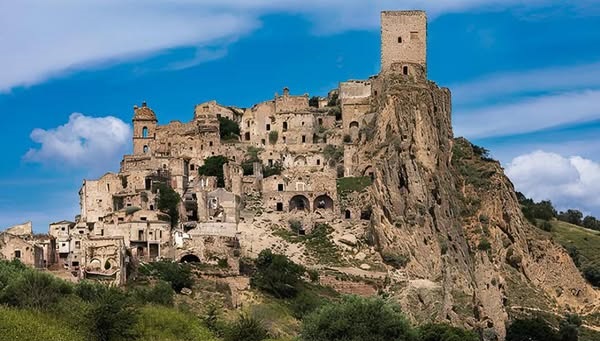
Why was Craco abandoned?
Craco was abandoned due to severe landslides, earthquakes, and unstable terrain that made it unsafe for habitation.
Can you visit Craco today?
Yes, Craco is open to visitors, but access is usually restricted to guided tours for safety reasons.
Is Craco haunted?
There are many ghost stories associated with Craco, and some visitors claim to have experienced paranormal activity. However, there is no scientific evidence to confirm these claims.
What movies were filmed in Craco?
Craco has been featured in The Passion of the Christ, Quantum of Solace, and several other films due to its haunting and cinematic ruins.
Is Craco a UNESCO site?
While Craco is not yet a UNESCO World Heritage Site, there have been efforts to gain recognition and protection for its historical significance.
How do I get to Craco?
Craco is best reached by car, as it is located in a remote area of Basilicata. The nearest major city is Matera, which is about an hour’s drive away.
